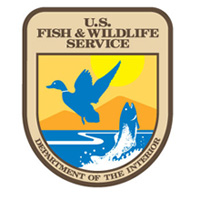Remote and rugged, the e Farallon Islands protect an incredible bounty of avian wildlife and marine mammals, including five species of seals and sea lions. The islands also protect other special species such as the Farallon camel cricket and other terrestrial invertebrates, the Farallon arboreal salamander, and a unique native plant community including maritime goldfield. These rocky islands, located nearly 30 miles west of San Francisco, California, can be described through numerous superlatives. They contain the largest seabird nesting colony in the contiguous United States, with 350,000 breeding birds of 13 species; support half the world’s population of Ashy storm-petrels; and host thousands of seals and sea lions, of five species, that breed and rest there
Created in 1909 by President Theodore Roosevelt, the Farallon National Wildlife Refuge was established “as a preserve and breeding ground for native birds.” The refuge, renamed in 2017 as Farallon Islands National Wildlife Refuge, is comprised of three groups of small islands. The South Farallon Islands, with about 120 acres, were added in 1969. Southeast Farallon Island is the largest island, at 70 acres, and was part of the 1969 additions. The refuge is one of seven National Wildlife Refuges in the San Francisco Bay National Wildlife Refuge Complex, and one of 562 refuges in the National Wildlife Refuge System.
Additional Resources:
Farallon Islands National Wildlife Refuge website

